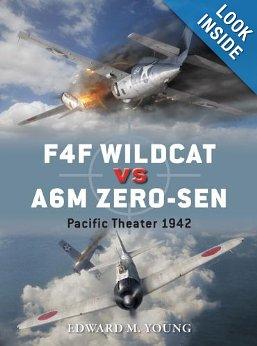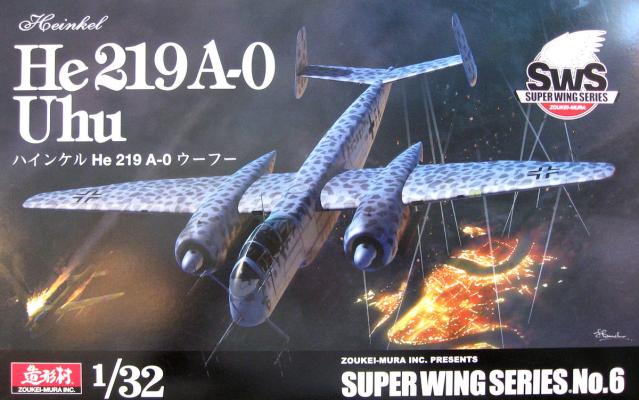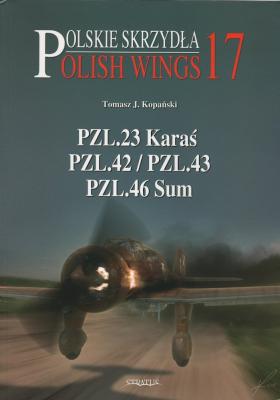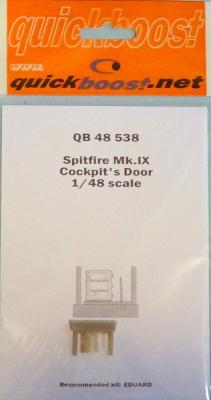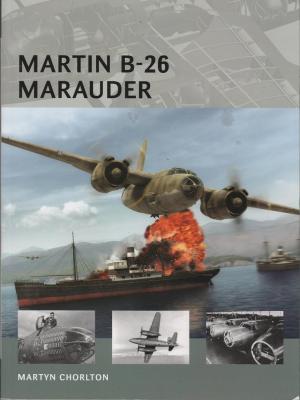These are two of the most iconic fighter aircraft that came out of World War II. They’re the Mitsubishi A6M Zero-sen and the Grumman F4F Wildcat. This book covers the ways in which these two contemporaries, with very different design influences, each possessed its unique strengths and weaknesses. The book includes information on the pilots who flew them and technical data including performance specifications. The author explains in plain English how each of these aircraft was developed in a side-by-side chronology. He further explains how these two enemy aircraft existed in the harsh, war-ravaged Pacific Ocean and jungle island environments.
The book itself is well printed with a hearty gum binding. The print is easy to read and the photographs are very clear. The artwork and cutaway illustrations are colorful and honestly represented. The maps and charts are rendered so that any layperson can understand them.











